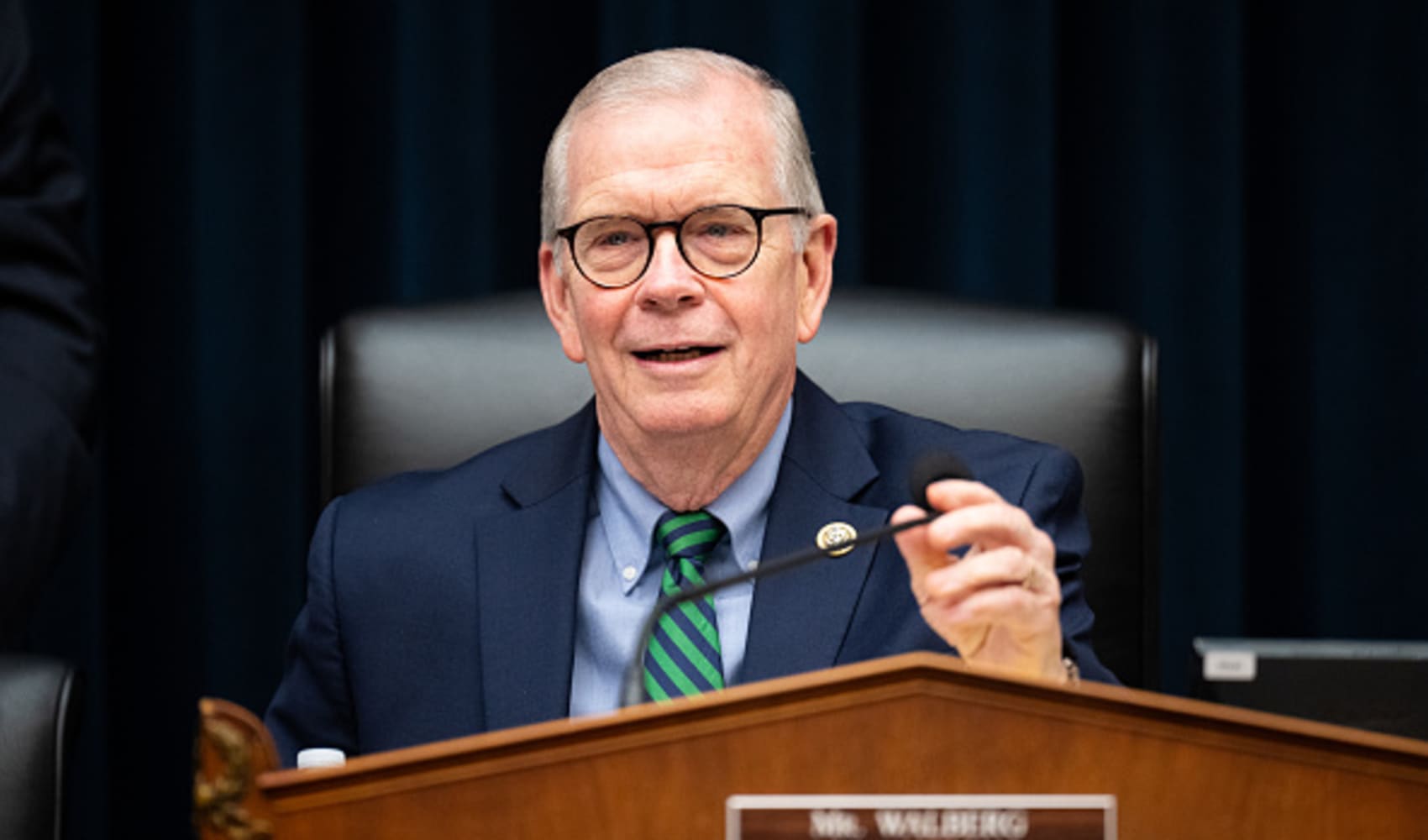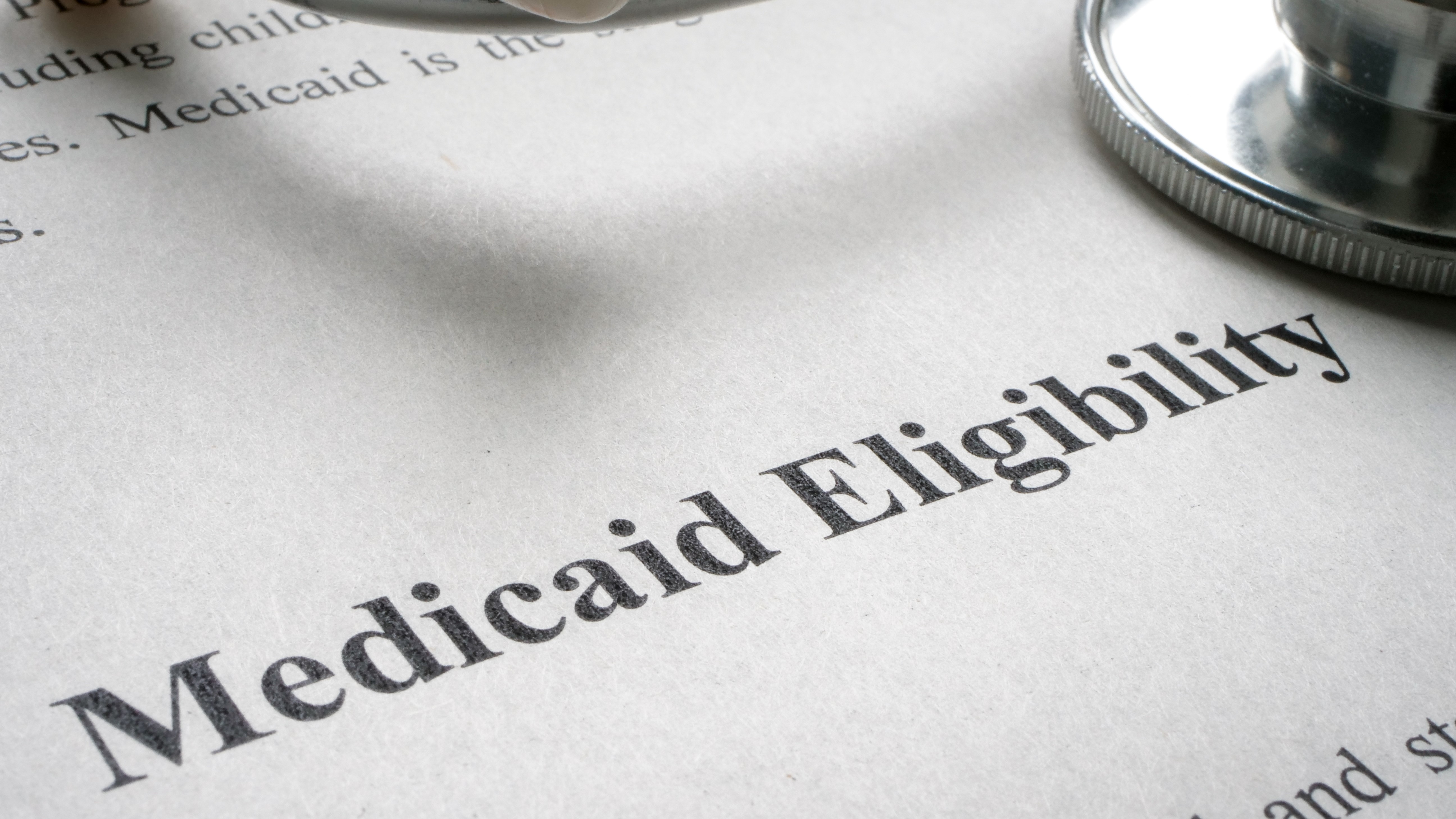School Voucher Costs: Are They Worth It? [2024 Guide]
School Vouchers on the Rise: Costly Choice or Empowering Education?
The Expanding World of School Vouchers
State lawmakers across the U.S. are currently navigating a complex landscape, juggling the desire to expand educational opportunities through school voucher programs with the pressing need to manage budgets in an era of economic uncertainty. What are school vouchers, and why are they becoming such a hot topic? Simply put, they're like scholarships funded by taxpayer dollars, designed to help families pay for private school tuition or homeschooling expenses. Think of it as giving parents more choice in how and where their children are educated.
A Billion-Dollar Bet in Texas and a National Push
A massive $1 billion-per-year voucher program in Texas, recently passed by the Legislature and sent to the governor, is just the tip of the iceberg. There's also a renewed, albeit unlikely, push in Congress to expand vouchers nationwide, even targeting states that have previously resisted them. It begs the question: are we on the cusp of a nationwide shift in how we fund education?
The Financial Realities: Are School Vouchers Sustainable?
The allure of school choice is undeniable, but the financial implications are often a sticking point. In states that have already embraced voucher programs, the costs have surged rapidly, consuming a larger share of their budgets, especially as revenue growth slows down or even grinds to a halt. Is this sustainable in the long run? We need to carefully examine the data to understand the true economic impact.
States Leading the Charge: Texas, Tennessee, and North Dakota
Texas is making headlines with its billion-dollar commitment. Tennessee adopted a program this year, joining the growing ranks of states embracing school choice. North Dakota seriously considered a voucher program, but a recent veto likely put those plans on hold for now. What's driving this trend, and why are these states prioritizing school vouchers?
Understanding School Voucher Programs
What Exactly is a School Voucher?
A school voucher, in its simplest form, is a state-funded certificate that parents can use to pay for tuition at a private school. It's essentially a way for public funds to support private education. The specifics vary from state to state, but the core concept remains the same.
How Do School Vouchers Work?
The process typically involves parents applying for a voucher, often with income restrictions or other eligibility requirements. If approved, the voucher can then be used to offset the cost of tuition at a participating private school. The school then redeems the voucher with the state for reimbursement.
Types of School Voucher Programs
- Traditional Vouchers: These are the most common type, providing direct financial assistance to families to pay for private school tuition.
- Education Savings Accounts (ESAs): ESAs are like digital wallets where funds are deposited, allowing parents to use the money for a wider range of educational expenses, including tuition, tutoring, textbooks, and even online courses.
- Tax-Credit Scholarships: Businesses or individuals donate to scholarship-granting organizations, receiving a tax credit in return. These organizations then provide scholarships to students attending private schools.
The GOP's Stance on School Vouchers
A Core Republican Value: School Choice
The Republican Party generally supports school voucher programs as a way to promote competition and empower parents to choose the best educational environment for their children. It aligns with the party's emphasis on individual liberty and limited government intervention.
Arguments in Favor of School Vouchers
- Parental Choice: Vouchers empower parents to choose the school that best meets their child's needs, regardless of their income.
- Competition and Innovation: Vouchers create competition among schools, which can lead to improved educational quality and innovation.
- Improved Student Outcomes: Some studies suggest that voucher programs can lead to better academic outcomes for participating students, particularly those from low-income families.
Potential Downsides and Criticisms
- Financial Strain on Public Schools: Critics argue that voucher programs divert funds from public schools, potentially harming the quality of education for the majority of students.
- Lack of Accountability: Private schools receiving voucher funds may not be subject to the same level of accountability as public schools.
- Cream-Skimming: There's concern that private schools may selectively enroll high-achieving students, leaving public schools with a disproportionate share of students with special needs.
The Cost of School Choice: A Financial Balancing Act
The Budgetary Impact of Voucher Programs
The financial implications of voucher programs are complex and can vary depending on the scale and design of the program. Large-scale voucher programs can cost hundreds of millions or even billions of dollars per year. This raises concerns about whether states can afford to sustain such programs without cutting funding for other essential services.
Where Does the Money Come From?
Voucher programs are typically funded through state general funds, which are also used to support public schools, healthcare, infrastructure, and other essential services. Expanding voucher programs can put pressure on these funds, potentially leading to cuts in other areas.
Is There a Return on Investment?
Proponents argue that voucher programs can lead to long-term cost savings by improving student outcomes, reducing crime rates, and increasing workforce participation. However, these potential benefits are difficult to quantify and may not materialize in the short term.
Critics' Concerns: Equity, Accountability, and the Future of Public Education
Equity and Access: Who Benefits Most?
Critics argue that voucher programs disproportionately benefit wealthier families who can afford to supplement the voucher amount to cover the full cost of tuition. This can exacerbate existing inequalities in the education system. Are we creating a two-tiered system where the wealthy have access to better schools while lower-income families are left behind?
Accountability and Transparency: Holding Private Schools Accountable
Private schools receiving voucher funds may not be subject to the same level of accountability as public schools. This raises concerns about the quality of education they provide and whether they are using taxpayer dollars effectively. We need to ensure that private schools are held to high standards and are transparent about their performance.
The Impact on Public Education: A Zero-Sum Game?
The most common argument against school vouchers is that they divert much-needed funds away from public schools, thus leaving fewer resources for the majority of students who remain. Will the increasing expansion of vouchers undermine public education, one of the cornerstones of our society?
The Future of School Vouchers: What Lies Ahead?
Expanding Programs: A Growing Trend
Despite the concerns, the trend toward expanding school voucher programs is likely to continue, driven by the growing demand for school choice and the political support of the Republican Party. We are witnessing a significant shift in the educational landscape.
Adapting to Economic Realities: Finding Sustainable Solutions
States will need to find creative ways to fund voucher programs without jeopardizing public education or other essential services. This may involve exploring alternative funding models, such as tax credits or philanthropic contributions. The key is to find solutions that are both financially sustainable and equitable.
The Ongoing Debate: A Clash of Ideologies
The debate over school vouchers is likely to continue for years to come, reflecting fundamental differences in beliefs about the role of government, the importance of parental choice, and the future of public education. It's a debate we must have, with open minds and a willingness to consider all perspectives.
Conclusion: Weighing the Pros and Cons of School Choice
The rise of GOP-led states embracing school voucher programs presents a complex picture. While proponents tout the benefits of parental choice, competition, and improved student outcomes, critics raise concerns about the financial strain on public schools, equity, and accountability. The future of school vouchers hinges on finding sustainable funding models, ensuring accountability, and addressing the concerns of equity and access. It's a balancing act that requires careful consideration of all stakeholders and a commitment to ensuring that all children have access to a quality education.
Frequently Asked Questions
- What are the main differences between school vouchers and education savings accounts (ESAs)?
School vouchers typically cover tuition at private schools, while ESAs offer more flexibility, allowing parents to use the funds for a wider range of educational expenses like tutoring, textbooks, and online courses. Think of ESAs as a more versatile tool in the educational toolbox.
- How do school voucher programs affect the funding of public schools?
Voucher programs can reduce the funding available for public schools, as taxpayer dollars are diverted to private institutions. The extent of the impact depends on the size and scope of the voucher program.
- Are private schools that accept vouchers required to meet the same standards as public schools?
Generally, no. Private schools that accept vouchers are often not subject to the same regulations and accountability measures as public schools, raising concerns about quality control.
- What are the eligibility requirements for receiving a school voucher?
Eligibility requirements vary by state and program. They often include income restrictions, residency requirements, and student age or grade level.
- What evidence exists regarding the academic impact of school voucher programs?
Studies on the academic impact of school voucher programs have yielded mixed results. Some studies show positive effects on student outcomes, particularly for low-income students, while others show no significant difference or even negative effects.
![School Voucher Costs: Are They Worth It? [2024 Guide] School Voucher Costs: Are They Worth It? [2024 Guide]](https://media.nbcnewyork.com/2025/04/GettyImages-970308260.jpg?quality=85&strip=all)


